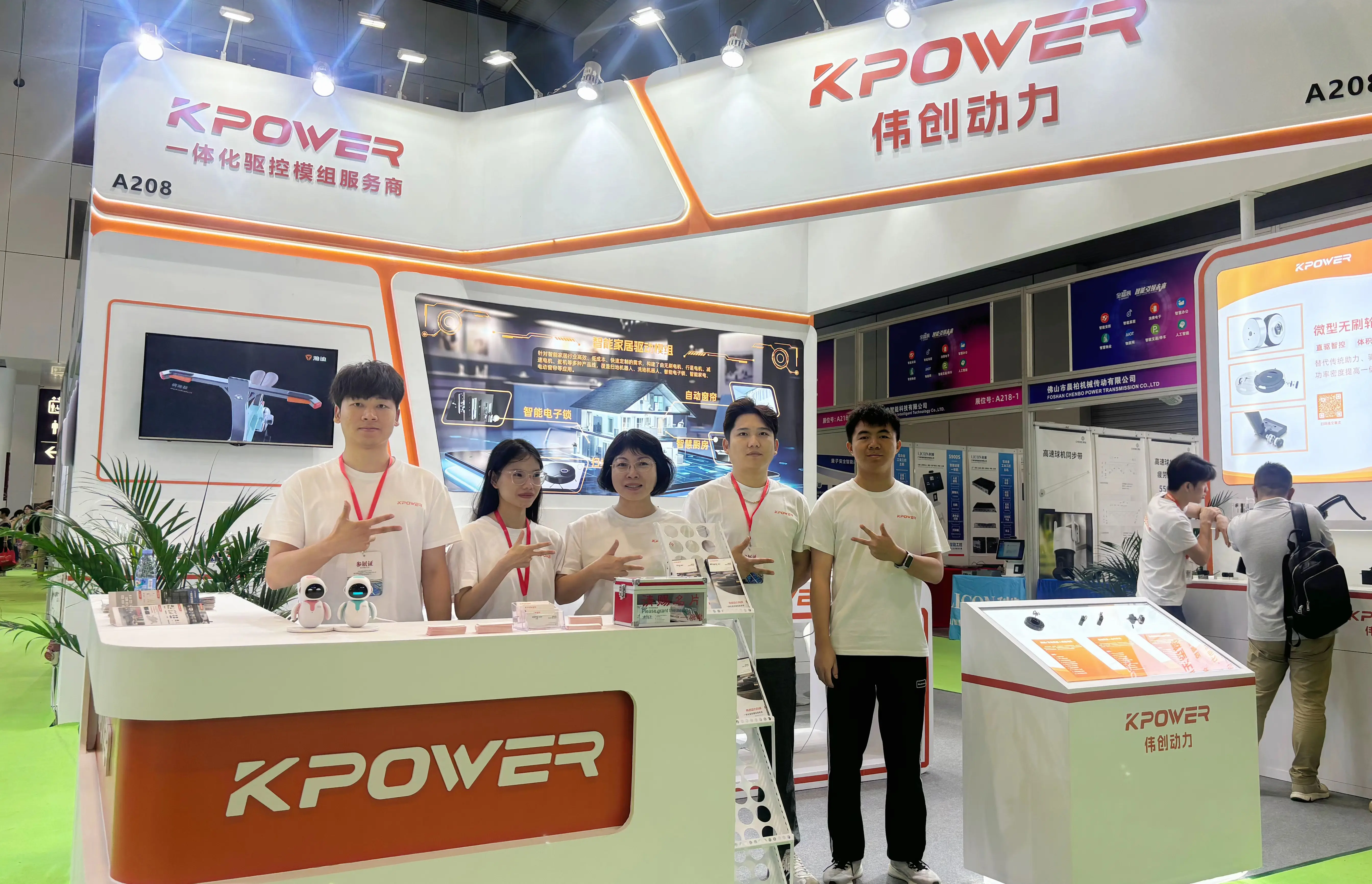Imagine transforming a simple robot arm into something that moves with precision, almost lifelike—thanks to a servo motor controlled by a trusty Arduino and ESP32. That's where the magic begins. These tiny powerhouses might look straightforward, but they pack a punch in versatility. You can rotate that arm, lift small loads, or even create intricate animations with guided accuracy. It’s like giving your project a brain and muscles all at once.

Now, why is the combo of servo motor, Arduino, and ESP32 such a go-to setup? Well, think about it. Servo motors are known for holding positions firmly and moving swiftly to specific angles. They’re reliable, affordable, and easy to integrate. Pair them with Arduino—an accessible microcontroller board—and suddenly you have a platform that welcomes all levels of ingenuity. Toss in the ESP32, with its Wi-Fi and Bluetooth capabilities, and you’re basically opening a portal to wireless control and real-time interaction. Imagine controlling a robotic arm remotely, or having sensors communicate over your network—pretty neat, right?
Here’s a common scene you might see: someone building a DIY camera gimbal. The servo motor ensures smooth transitions, keeping the camera steady. The Arduino acts as the conductor, translating input commands into precise movements. Meanwhile, the ESP32 takes care of remote commands, ensuring the whole thing responds quickly over Wi-Fi. It’s seamless, almost like magic, but it’s really just clever engineering.
So, what’s the biggest win here? Flexibility. Whether you’re developing a hobby project, a prototype, or even a small production model, these components are your friends. The combination is especially handy because it simplifies what used to be complicated—no need for heavy-duty programming or bulky setups. Plus, the ecosystem around these parts is huge—tons of tutorials, community support, ready-made libraries—that’s like having a huge toolbox at your fingertips.
People often ask: “Can I use a servo motor for my robot arm?” Absolutely. And with the right control library embedded into your Arduino code, you can fine-tune movements to be as sharp or as gentle as needed. Or, they wonder about connection issues—rest assured, with ESP32, wireless setup is quick once you understand the basics. It's fun to imagine creating a project where a Wi-Fi command triggers a servo to open a door, or adjust a mirror, all in a blink.
What about durability? These servo motors are built to last, capable of thousands of cycles without losing their grip—literally. The key is choosing the right specs for your load and environment. For example, if you’re making a small robotic hand, a standard servo is enough. But if you plan heavy-duty lifting, scouting for a more robust version is wise.
All in all, this mix of servo, Arduino, and ESP32 isn’t just a tech combo—it’s a gateway for creativity and innovation. It welcomes newcomers and challenges seasoned builders alike. No matter your project size, the results can be astonishing. So next time you stare at that unassembled robot or device idea, remember: with these parts, you can breathe life into your vision. And that’s worth exploring.
Established in 2005, Kpower has been dedicated to a professional compact motion unit manufacturer, headquartered in Dongguan, Guangdong Province, China. Leveraging innovations in modular drive technology, Kpower integrates high-performance motors, precision reducers, and multi-protocol control systems to provide efficient and customized smart drive system solutions. Kpower has delivered professional drive system solutions to over 500 enterprise clients globally with products covering various fields such as Smart Home Systems, Automatic Electronics, Robotics, Precision Agriculture, Drones, and Industrial Automation.




































